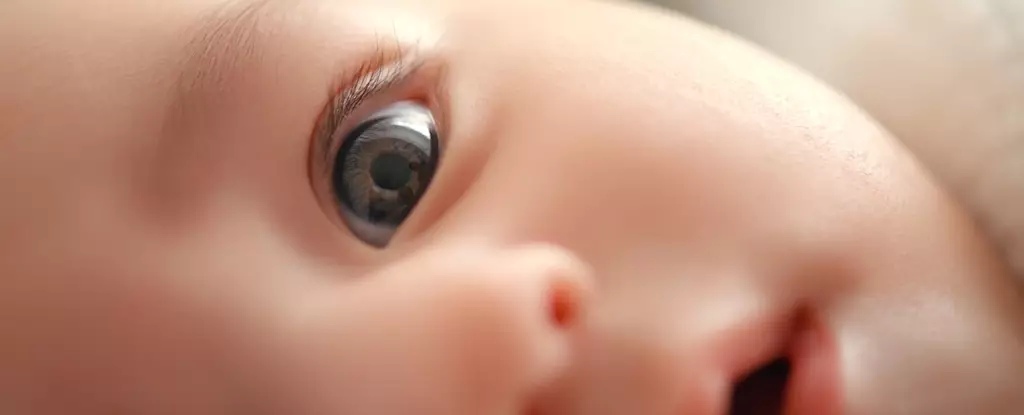Microplastics, defined as tiny plastic particles less than five millimeters in diameter, have become a pervasive environmental contaminant. Their sources range from the degradation of larger plastic debris to the shedding of fibers from synthetic fabrics and personal care products. Given the alarming prevalence of microplastics in our ecosystems—spilling into oceans, rivers, and even the air we breathe—scientists are increasingly concerned about the potential health implications for humans. Recent research has illuminated a shocking avenue of this problem: the transference of microplastics from mother to child.
A groundbreaking study conducted by a team at Rutgers University has revealed that microplastics can penetrate the placental barrier during pregnancy. This represents a significant finding, indicating that the unborn can be exposed to these synthetic particles even before entering the world. The researchers focused on polyamide-12 (PA-12), a common type of nylon, which pregnant mice inhaled. The results were alarming—microplastic fragments were found not only in the lungs of the mice, but also in vital organs such as the heart, liver, kidneys, and brain of the offspring.
The implication here is monumental. For at least two weeks post-birth, these microplastic fragments persisted in the newborn mice, raising serious questions about their potential impacts on development and long-term health. “Nobody wants plastic in their liver,” states Phoebe Stapleton, an associate professor leading the research. This sentiment underscores a growing unease within the scientific community regarding the presence of synthetic materials in our biological systems.
The Health Risks of Microplastics
What are the repercussions of these findings? Research has already linked microplastics to various health hazards. For instance, exposure to these pollutants has been associated with an increased risk of cardiovascular diseases. However, the broader spectrum of potential health consequences remains largely unknown. For infants and young children—who are more vulnerable to external pollutants—this discovery is especially concerning.
Our understanding of toxicology suggests that exposure to harmful substances during critical periods of development can predispose individuals to chronic health issues later in life. Given the biological parallels between humans and the study subjects (mice), there is a pressing need to investigate how these findings might translate to human health outcomes.
Environmental Impact and the Plastic Paradox
The ubiquity of plastics presents an ironic paradox. While many communities worldwide strive to reduce plastic waste, global production continues to soar, reaching over 450 million tonnes annually. Any effective solution to curtail our reliance on plastic must be multifaceted, involving innovations in recycling, bioplastics, and consumer behavior shifts towards sustainable alternatives. As researchers delve deeper into the ecological and health-based implications of microplastics, the disconnect between awareness and action grows more pronounced.
Despite accumulating evidence linking microplastics to health risks, society remains tethered to a lifestyle heavily integrated with plastic products. From packaging and textiles to healthcare and transportation, the omnipresence of plastic fosters a culture of dependency that hampers meaningful change.
The Rutgers University study is a call to action for scientists, policymakers, and the public alike. It’s imperative that we prioritize research into the long-term effects of microplastic exposure, particularly during sensitive developmental stages. Enhanced awareness of this issue must translate into tangible policy measures to reduce plastic production and improve waste management strategies. Future generations are at stake, and the time to act is now.
As we face the persistent threat of microplastics infiltrating our environment and, alarmingly, our bodies, it is crucial to question not only how these materials affect our health but also how we can reclaim our world from this pervasive menace. Moving forward, let us join forces to unravel the complexities of microplastics and champion a healthier future for both people and the planet.


Leave a Reply